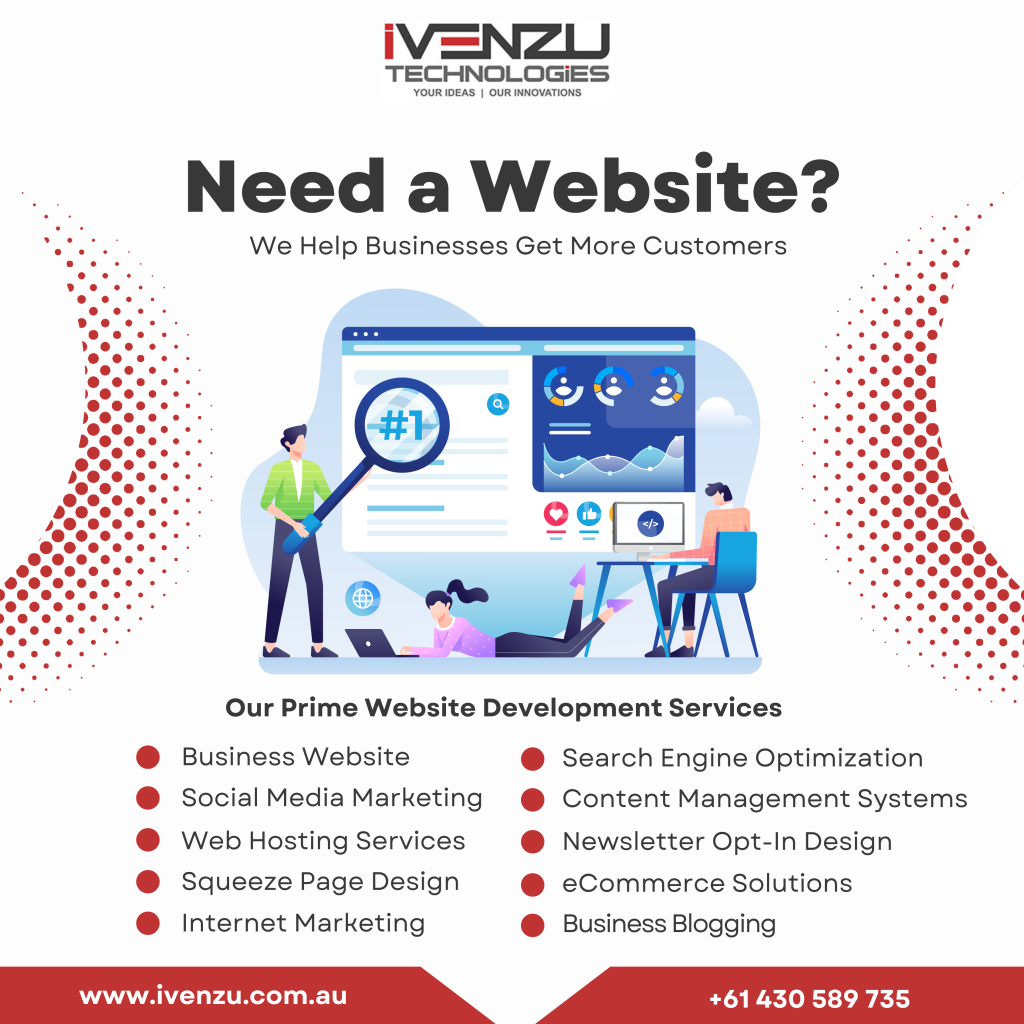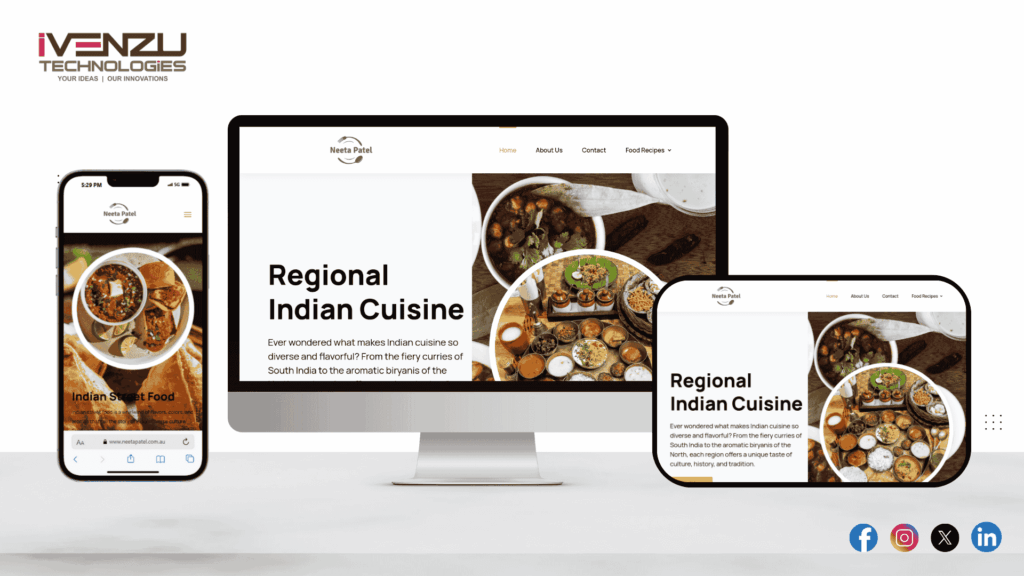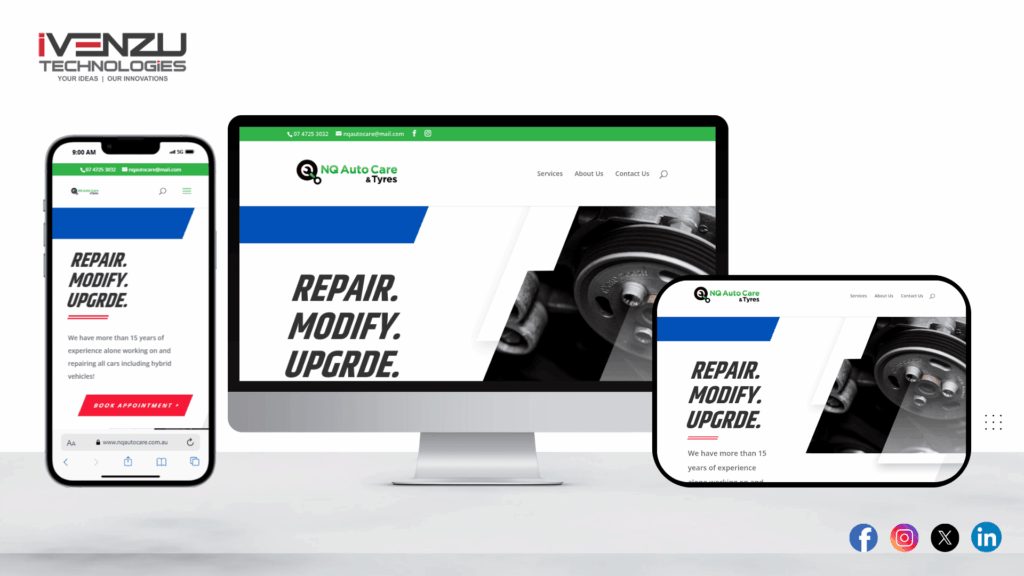What is the CPC Rate? A Complete Guide to Cost-Per-Click Advertising in 2025
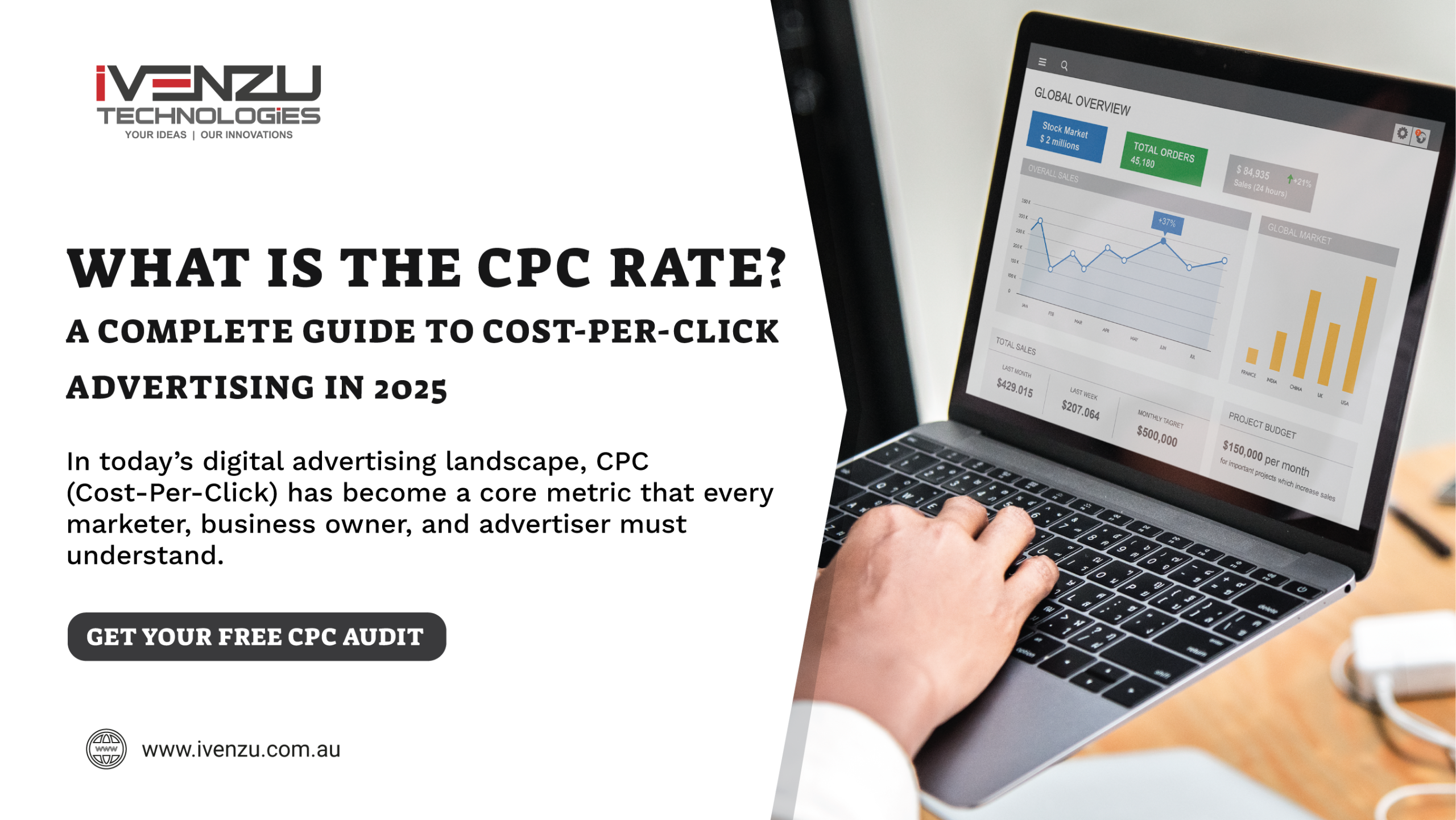
What is the CPC Rate? A Simple Explanation
The term CPC stands for Cost-Per-Click. In digital advertising, the CPC rate refers to the amount you pay each time someone clicks on your ad. Instead of paying for views or impressions (like CPM campaigns), CPC focuses on actual user engagement.
For example:
-
- If your CPC rate is $1 and 100 people click your ad, you’ll pay $100 in total.
CPC is commonly used in Google Ads, social media platforms (like Facebook Ads, Instagram Ads, and LinkedIn Ads), and other pay-per-click (PPC) campaigns.
Why is CPC Important in Online Advertising?
Understanding the CPC rate is critical for several reasons:
1. Budget Control: It allows advertisers to manage their costs effectively.
2. Performance Measurement:CPC helps determine how much you’re spending per interaction, providing a clearer picture of ROI.
3. Optimisation:High CPC rates indicate a need to refine your campaigns, such as ad copy, targeting, or bidding strategy.
4. Scalability: Once you reduce your CPC, you can scale your campaigns without increasing ad costs.
In short, tracking CPC rates helps you optimise ad performance while staying within your budget.
How is the CPC Rate Calculated?
The formula for calculating CPC is:
CPC = Total Ad Spend ÷ Total Clicks
Example:
-
- You spend $500 on a campaign and receive 250 clicks.
- CPC = $500 ÷ 250 = $2.00 per click.
This simple formula allows you to assess campaign efficiency and make data-driven decisions about your advertising budget.
What is the Average CPC Rate Across Different Platforms?
CPC rates can vary significantly depending on the platform, audience targeting, industry, and ad competition. Below is a breakdown of average CPC rates on major advertising platforms:
| Platform | Average CPC |
| Google Ads (Search Network) | $1.00 – $2.00 |
| Google Ads (Display Network) | $0.50 – $1.00 |
| Facebook Ads | $0.50 – $1.50 |
| Instagram Ads | $0.40 – $1.20 |
| LinkedIn Ads | $5.00 – $12.00 |
| Twitter Ads | $0.20 – $0.50 |
| Pinterest Ads | $0.10 – $1.50 |
Industry Breakdown
Certain industries tend to have higher CPC rates due to competition and audience demand:
| Industry | Average CPC |
| Legal Services | $6.00 – $10.00 |
| Real Estate | $1.50 – $3.50 |
| E-commerce | $0.50 – $1.50 |
| Education | $1.00 – $2.50 |
| Healthcare | $2.00 – $4.00 |
Key Insight: High-value industries, like legal services and finance, often see higher CPC rates because businesses are willing to pay more to acquire leads.
Factors That Influence CPC Rates
Several factors impact your CPC rate:
1. Competition
CPC rates rise if multiple advertisers bid for the same audience or keywords. Highly competitive markets (e.g., legal services real estate) often face higher CPC costs.
2. Ad Quality and Relevance
Platforms like Google and Facebook prioritise user experience. Ads with high relevance and quality scores are rewarded with lower CPC rates.
3. Audience Targeting
Narrow and specific targeting increases CPC because you’re competing for a smaller audience. For instance, targeting CEOs in New York will cost more than targeting a broad demographic.
4. Ad Placement
Different ad placements impact costs:
-
- Search Ads tend to have higher CPCs due to user intent.
- Display Ads (banners) generally have lower CPCs but less conversion potential.
- Social Media Ads vary based on engagement rates.
5. Ad Format
Video ads may have a lower CPC compared to carousel ads because video content drives higher engagement.
6. Geographic Location
CPC rates differ based on location. For example:
-
- United States: Higher CPC due to competition.
- Emerging Markets: Lower CPC due to less competition.
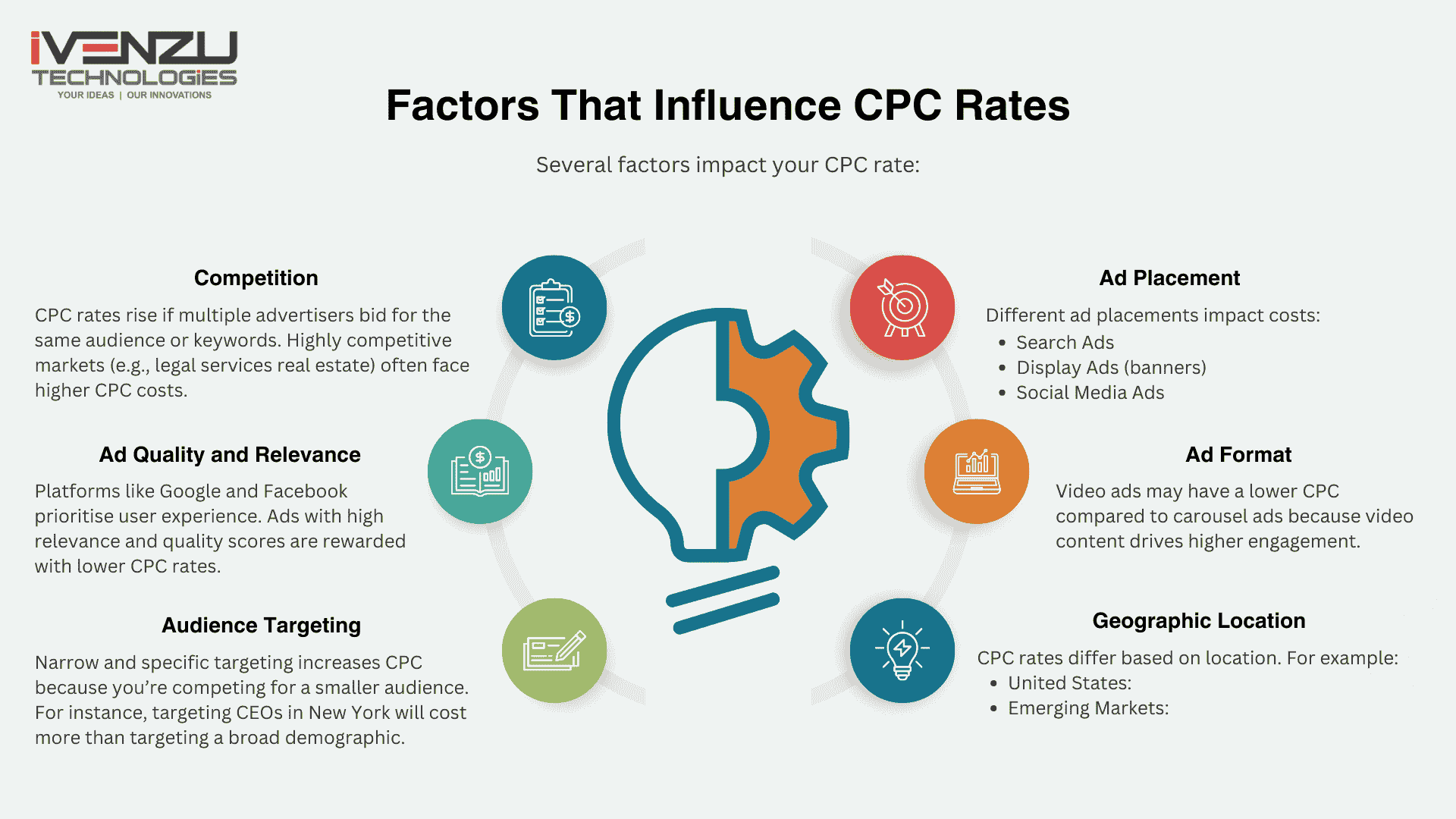
Your questions and answered
1. What does CPC mean in digital marketing?
2. How is the CPC rate calculated?
For example, if you spent $300 and got 150 clicks, your CPC would be $2.00.
3. What is a good CPC rate in 2025?
- Google Search Ads: $1.00–$2.00
- Facebook Ads: $0.50–$1.50
- Instagram Ads: $0.40–$1.20
A “good” CPC is one that delivers your desired ROI.
4. Why is my CPC rate high?
High CPC may be due to:
- High competition for keywords
- Poor ad relevance or low-quality scores
- Narrow or expensive audience targeting
5. How can I reduce my CPC rate effectively?
- Improve ad quality and relevance
- Use negative keywords
- A/B test creatives regularly
- Refine targeting and ad scheduling
6. Does CPC affect ROI directly?
7. Which platform has the lowest CPC?
Pinterest and Twitter generally offer the lowest average CPCs, ranging from $0.10 to $0.50, depending on targeting and engagement.
8. What factors influence CPC the most?
Key factors:
- Industry competition
- Keyword intent
- Geographic targeting
- Ad quality score
- Device and time of day
9. Is CPC better than CPM?
CPC is ideal when your goal is clicks and direct engagement. CPM (Cost per 1,000 impressions) is better for brand awareness.
10. Can I set a maximum CPC in ad campaigns?
Yes. Most platforms like Google and Facebook Ads allow you to set bid limits to control how much you’re willing to pay per click.
More Latest Blog
What is a Software Service Company? A software service company is an organization that provides clients with specialized...
What is Quantum Computing and Why We Should Know? Quantum computing is an emerging technology that leverages the principles of quantum...
What is the Responsibility of an App Developer? A Comprehensive Guide With the ever-increasing reliance on technology, the role of an app...










